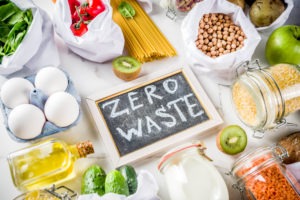
World Bank, Tesco, Sodexo, pledge to combat food loss and waste
What do the World Bank, Tesco, and Sodexo have in common? Well, they made huge commitments to slashing food waste at Climate Week NYC. Read on for details.

What do the World Bank, Tesco, and Sodexo have in common? Well, they made huge commitments to slashing food waste at Climate Week NYC. Read on for details.

Farmers direct marketed $8.7b in farm products during 2015 as consumers continue to seek out locally produced goods.

The future of row crop production is exciting and compelling, and as innovators and investors discuss the “possible,” an important question lingers: how – and how fast – will the farmers evolve their practices and business models to be successful as tomorrow’s farm leaders?

The digital marketplace is one of many new platforms designed to cut out the middlemen and promote greater transparency throughout the agricultural supply chain.

After being one of five grain trading houses slapped with a $29 million fine last year for engaging in activities related to illegal deforestation, Cargill

Indigo Agriculture has unveiled its latest initiative, and it’s the most ambitious yet; the Boston-based agtech startup wants to reverse climate change.
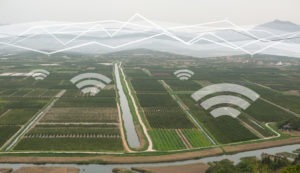
Internet of Things America wants to provide rural connectivity to farmers in an ongoing issue and a major barrier to adoption for farmers who want

Earlier this month, a Russian agtech startup called Intterra entered into a partnership with global agribusiness Syngenta to use its digital platform in Russia, connecting more than 100 farmers across 2 million hectares (nearly 5 million acres) of cropland in 2019.
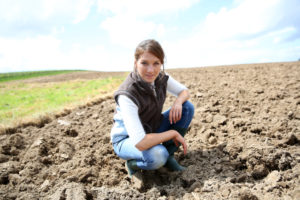
Networking groups may be a key way to help women landowners and farmers overcome persistent gender barriers particularly when it comes to adopting conservation practices, according to the new research ahead of International Women’s Day.

A record number of startups applied for the third year of The Pearse Lyons Accelerator, organized and run by global agtech business Alltech alongside Irish tech community hub Dogpatch Labs.

The question of how farmers and the agtech community of entrepreneurs, investors, and accelerators can work together to build great products is much harder to answer, write Connie Bowen and Sarah Nolet.

Implementing conservation practices like nutrient optimization, crop rotation, conservation tillage, and cover crops can put money back in farmers’ pockets, according to a new report.

The government of President Mauricio Macri, who took office in 2015, is working hard to open up its markets and attract investment from overseas and the agriculture and venture capital industries are a key part of that policy.
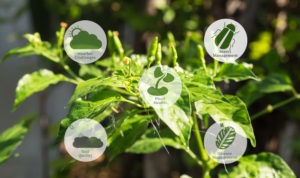
Agtech companies offering IoT products to farmers have only scratched the surface of a market worth $4 billion in the US, which could be down to a lack of awareness and understanding of what’s available to them, according to a new report.
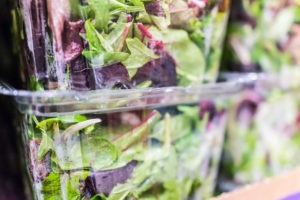
The proclaimed dominance of technology over biology by this category of entrepreneurs has left some food safety experts concerned that consumers could be getting the wrong idea and startups may be drinking their own kool-aid.
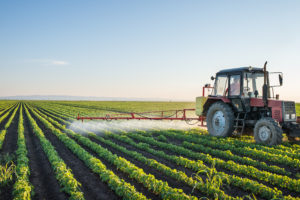
The AgriFood News Aggregator features headlines from around the globe collected on AgFunder’s news sharing platform #feedit each week.

We caught up with Bénédicte Monpert, a partner at CapAgro since 2015, to find out why the firm is looking to invest in more robotics startups ahead of the International Forum on Agricultural Robots in Toulouse, France.

The wide distribution and adoption of cultured meat won’t affect all farming economies equally, but grass-based farming economies like New Zealand and Wales could be particularly impacted.
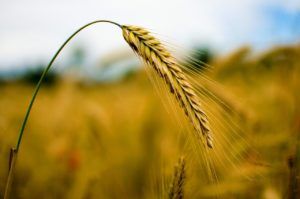
Farmers are all too familiar with the rampant uncertainty that riddles the markets and crops every season, so they should consider putting together a hedging strategy, writes Howard Marella.
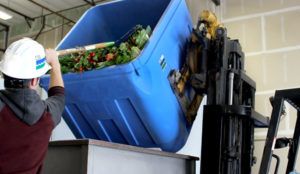
California Safe Soil (CSS) technology is headed to the East Coast in a big way with the goal of ending supermarket fresh food waste in the United States in five years.

Sponsored
Sponsored post: The innovator’s dilemma: why agbioscience innovation must focus on the farmer first